So, let’s get this straight right at the top: the original Duster is already a fairly illustrious member of The Bad Car Club, and has been for many decades – in fact, since very shortly after its launch in the decadent west in the mid 1980s.
These are easy tyre sidewalls to aim a kick at, so I’m not going to indulge in too much Duster-bashing. Because it would be just marvellous if one were to rattle its way along to the Concours de l’Ordinaire at this year’s Festival of the Unexceptional or any future event. Marvellous if unlikely; pristine period presentation is a prerequisite for participation, much less victory, and the last two of these obscure 4x4s I ever saw were axle-deep in mud and undergrowth down the side of farm buildings, faded paintwork splodged with rust like Jackson Pollock on a migraine day.

A little understanding is called for. And the first thing to know is that the Dacia Duster is not its real name. It was originally the ARO 10, and ARO stood for Automobil Romanesc, a Romanian state enterprise established in 1957 to build Russian-style four-wheel drive trucks and vans. By 1972 ARO had loosened the steely grasp of Soviet control enough to launch its own, Land Rover-style off-roader called the ARO 24. Although it was anything but sophisticated (despite apparently taking six years to develop) it did the job well enough to have some export appeal, and even limited licence-manufacture in Portugal as the Portaro.
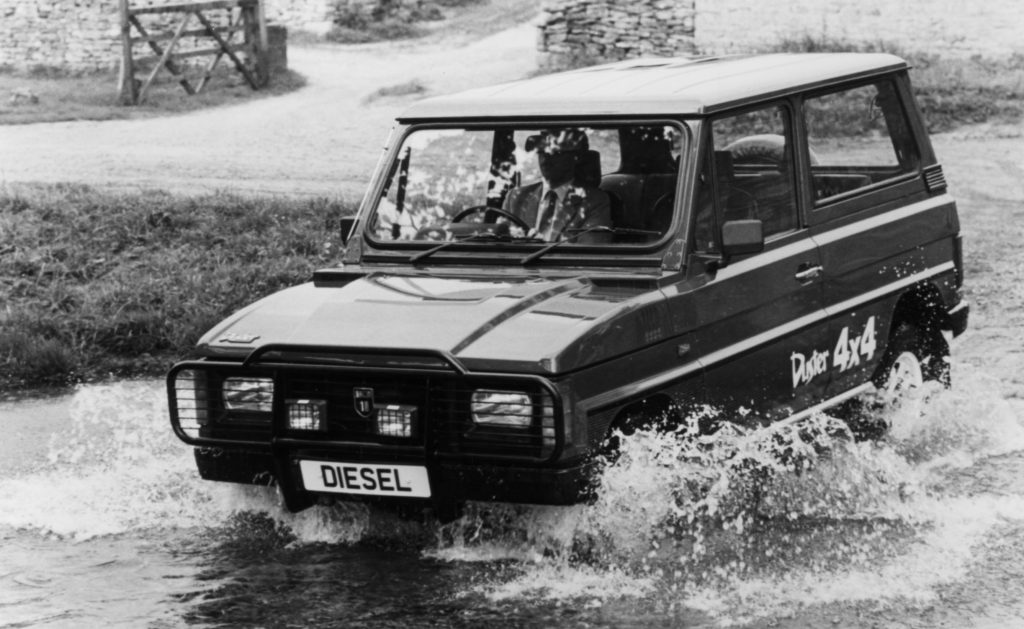
Both of these were briefly and unsuccessfully marketed in the UK in the late 1970s, and they were followed up in 1982 by a single boatload consignment of Romanian-made Renault 12s which were sold here as the Dacia Denem. Success for these also proved elusive as not only were they extremely outdated but also very poorly-made.
The Dacia flag, however, had been planted on British soil and so the concessionaire – still scrabbling to find a hit – stuck with it by renaming the ARO 10 the Dacia Duster. Little could the importers have known as they invented their Duster moniker in their Portakabin in Westbury, Wiltshire in 1984 that 25 years later it would go global with the modern incarnation of the Dacia brand…
Anyway, Dacia aficionados, we’re getting ahead of ourselves. Back in 1979 ARO had designed the 10 as a smaller, less truck-like four-wheel drive utility alternative to the 24, and using the 65bhp 1.4-litre engine and drivetrain from the Renault 12/Denem in a simple, ladder-frame chassis. A speedy five years in the making this time, it had a selectable four-wheel drive system and transfer case to get the front wheels turning in concert with the rear ones. A cheaper, two-wheel drive option was also offered, and bodywork options included pick-up, hardtop-utility and a leisure-orientated ‘Roadster’, somewhat inspired by the Land Rover Series.
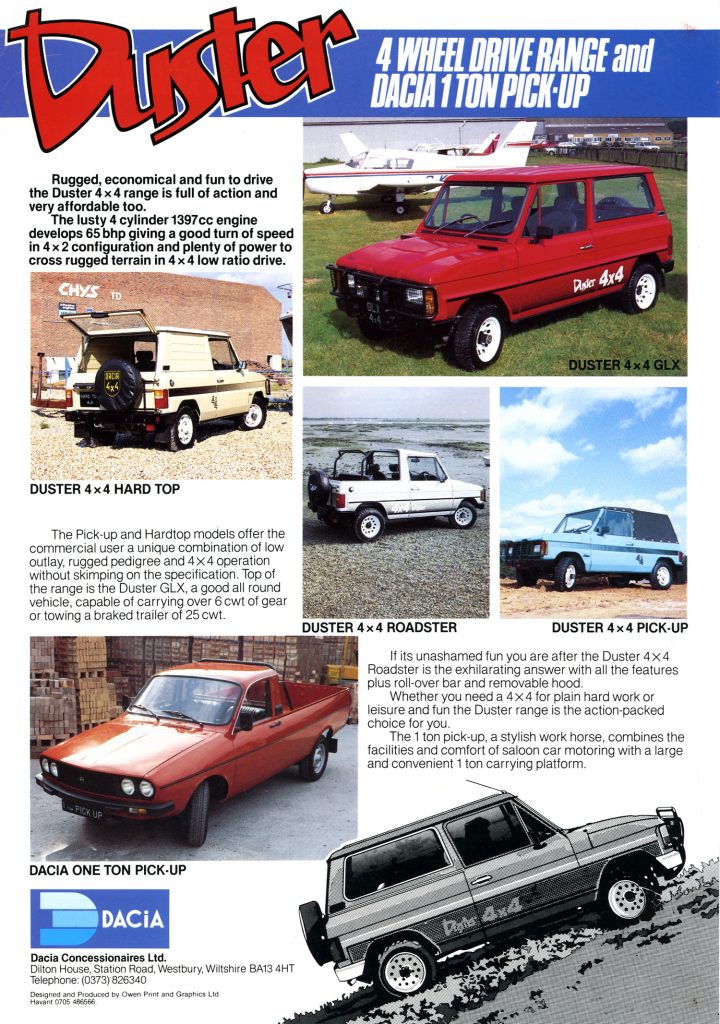
Actually, there was some sound thinking to the car, with the growing popularity of the Suzuki SJ/Santana and Daihatsu Taft, maybe also the Matra Rancho. Lots of people wanted something like a Range Rover or Mitsubishi Shogun but couldn’t possibly afford one. So here was the answer, and starting at £4995 (against a basic Land Rover 90 at £8606) it was very cheap indeed.
Cheap, yes. Also nasty. The build quality was diabolical, reliability highly suspect, and it was no pleasure to drive. With steering that managed to be both vague and heavy simultaneously and an obstinate gearchange, mechanical refinement was notably absent. Perhaps more importantly, it wasn’t especially good off-road with its small 14in wheels giving relatively shallow ground clearance.
To accord ARO its due, the bigger market must have been in two-wheel drive pick-ups for ropey rural roads back home, hundreds of miles beyond Bucharest. Plus, the short wheelbase and overhangs were thoroughly practical. The external design could be charitably described as functional, the interior basic, and the mechanical parts, well, they were widely proven in the communist Romanian backwoods of vile dictator Nicolae Ceaucescu. A Duster pick-up could carry 6cwt (around 300kg) and pull another 24cwt (1.2 tonnes) on a braked trailer.
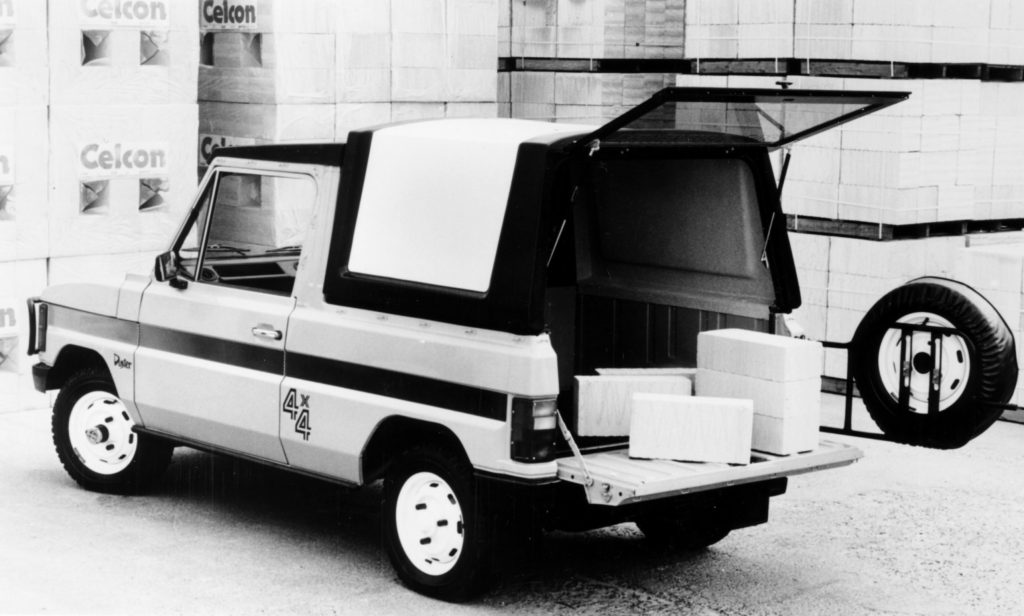
Autocar tried one out in 1985 and found it took 22sec to reach 60mph, with only another 12mph available until top speed was horrifyingly (for the ears) achieved. Neither of these were heinous for a basic mud-plugger. However, it found the Renault 12 engine fundamentally lacked low-down torque to make it effective in demanding mud – the Land Rover 90 at not far off double the price also had double the torque – and so the Duster’s USP was quite a limited one.
There were, therefore, many issues conspiring to make this boxy little vehicle a poor choice on just about any count other than towing a trailer on a B-road. A secondhand 4×4 anything else made more sense, even after bigger wheels and tyres gave the Duster more ability and attitude. Sporadic British sales staggered on until September 1993 via no less than three import distributors, but as a ‘soft-roader’ it was utterly trounced by the Suzuki Vitara from 1988. Elsewhere in the ARO 10’s global travels it fared better, with an improved version being assembled in Italy and fitted with 1.6-litre Volkswagen turbodiesel engines.
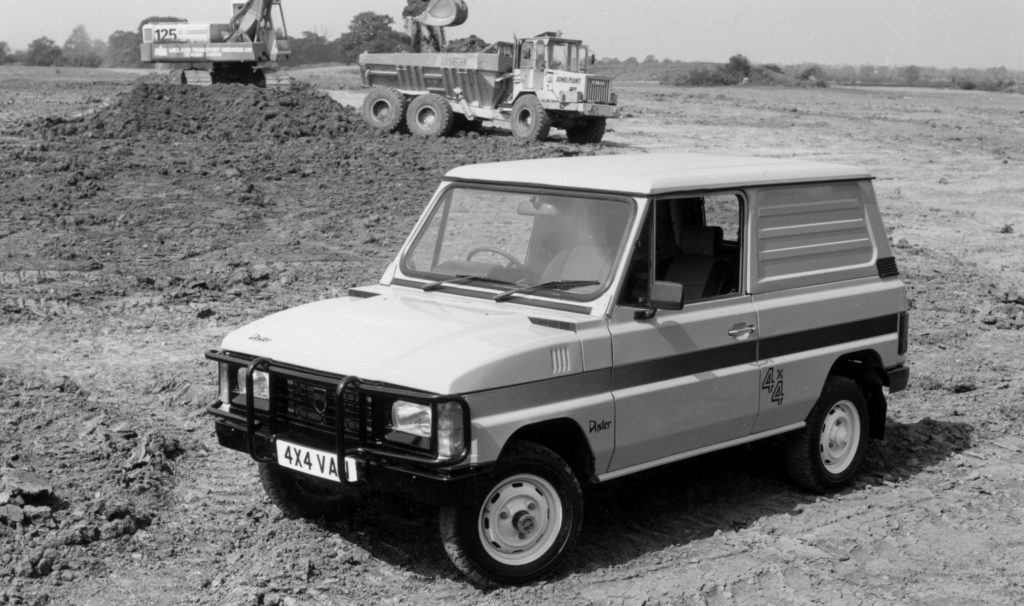
In the year Renault took control at Dacia, the ARO 10 was immediately axed (including the recently-added five-door station wagon model) in 1999 to make way for a grand plan to make the decent, cheap, simple cars for the whole European market that we’re now so familiar with, including the especially good new-generation Duster from 2011.
The original namesake is now little more than a red relic from another age entirely, the like of which we will never see again for its unappetising salad of shoddiness and limited competence. But if you’ve got one, let’s be seeing you with it on the Unexceptional lawns one summer soon because, in our world today of unlikely admiration, time can be quite the healer…
Read more
Freeze Frame: End of an era for Renault-based Dacia
Ad Break: A Skoda wins you bread, and rallies
Elmo: The electric Škoda pickup you’ve never heard of

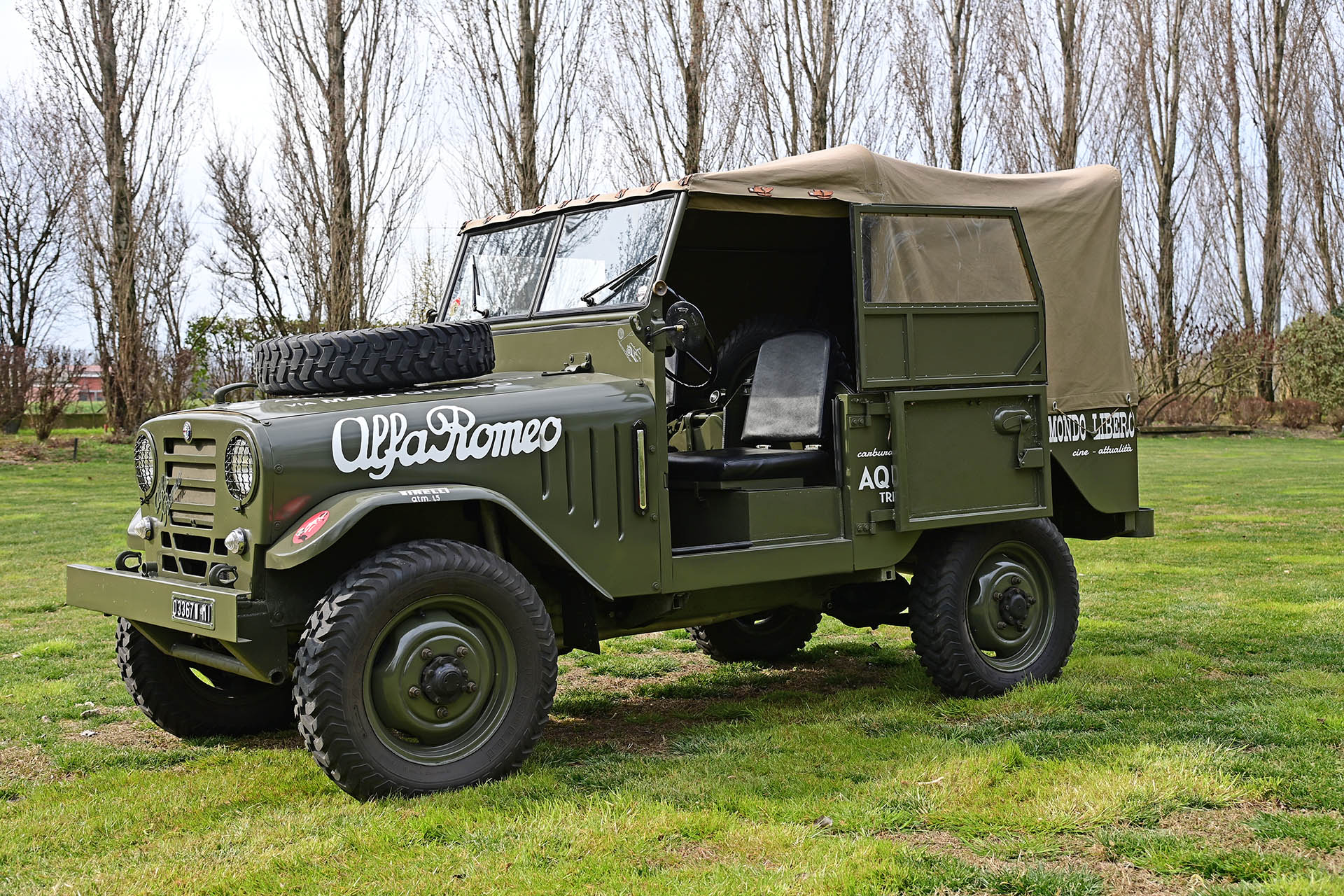
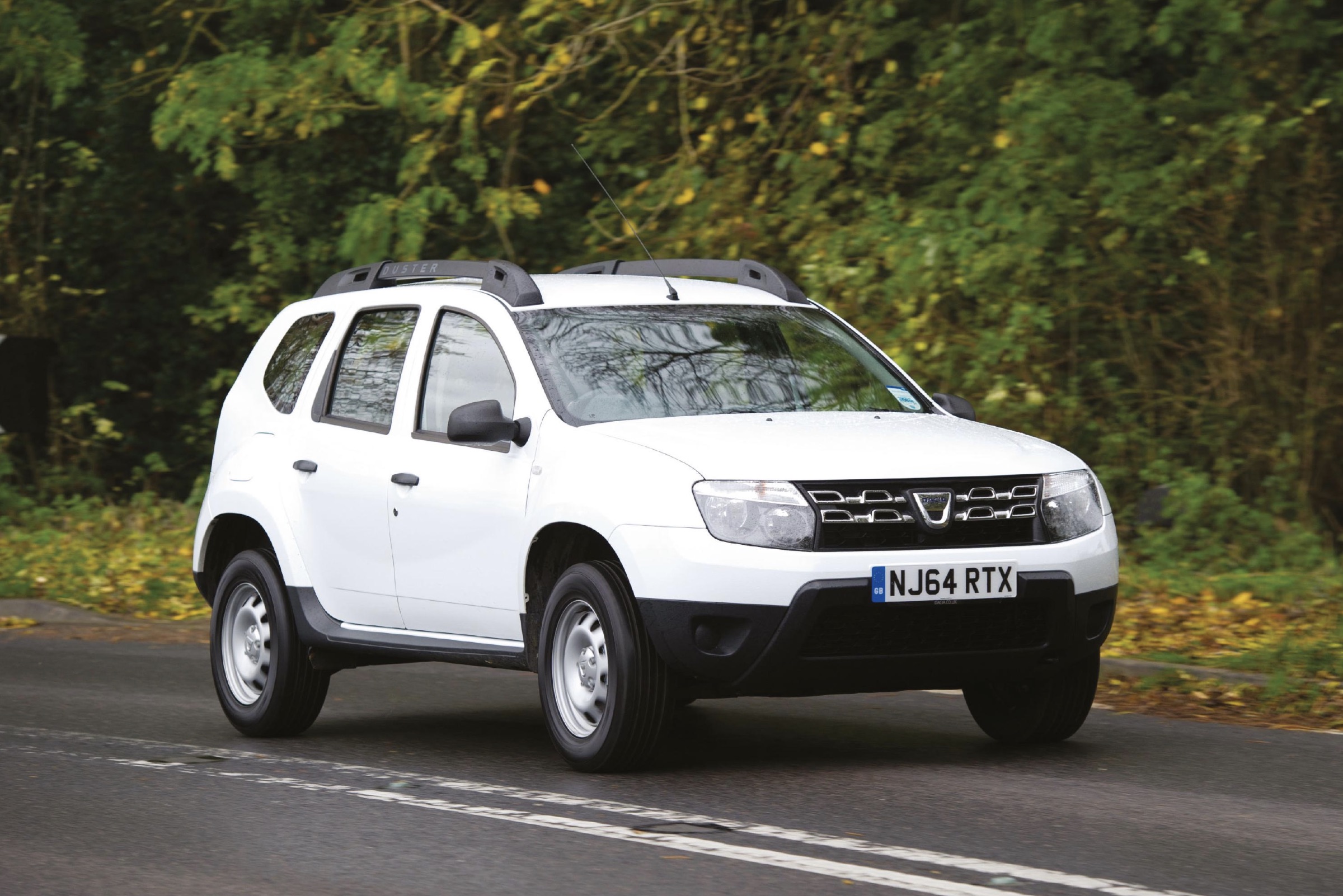







If you would give me money enough to buy a Land Rover I would buy a Dacia Duster with gasoline/gas engine and keep the lot of remaining money fir other good things. You guys will never get it, right?
Remember having a press demonstrator delivered to Greater Manchester Police HQ when I edited the force magazine Brief. It broke down on handover – cue v. embarrassed delivery driver.
Ran a duster for 4 years in the early 90’s. It was always in the garage being fixed until after 18 months the engine seized. We had a Renault 5 diesel engine and gearbox fitted and after that it ran well for 3 years until we sold it.
We had a large sunroof fitted ( like you did) and all 3 kids could comfortably strap in the back.
I had to stay on top of the rust but honestly we enjoyed it!!
If you want to know the history of Dacia you can check Wickipedia.
https://en.m.wikipedia.org/wiki/Automobile_Dacia
The cars shown in the article belong to a diffrent brand https://en.m.wikipedia.org/wiki/ARO
Whoever ‘run a Duster’ in the early 90s: Duster was launched in 2010.
Is this the Sci-Fi club?
As the piece says, Alex, Dacia rebadged the ARO 10 as the Dacia Duster, for the UK market.
James Mills.
Dacia is a totally difrent brand , from ARO, wich was the only pure Romanian built vehicle.
Call Renault , ask them when they purchased Dacia.
Aro is gone, they where making only terrain vehicle’s, had no connection between them.
Don’t try to sell vegetables to farmers who make them.
Dacia’s UK operation imported the ARO 10 and rebranded it as a Dacia – as we said, this only happened in the UK market, so perhaps you have missed this in the history of the brand here.
Many cars were poorly made, not only this brand. Speaking of Land ROVER, it was the same – except for the 10 years when FORD owned them!
I entered a competition to win a Duster pickup in about 1990, I didn’t win lol